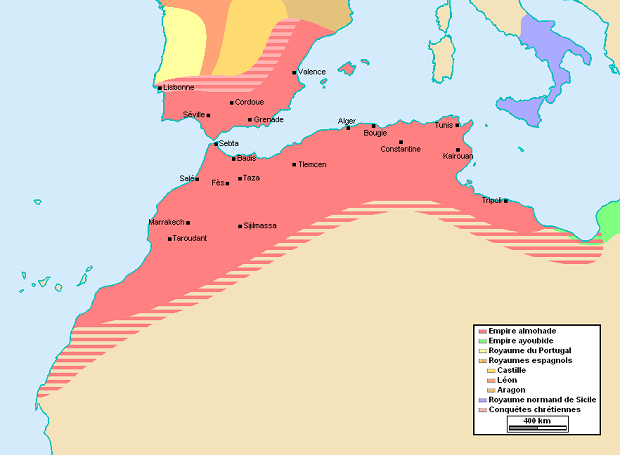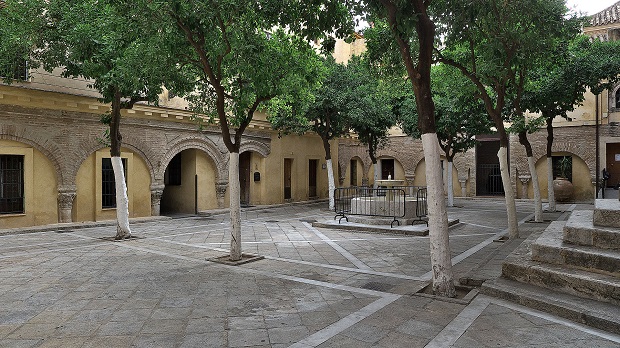Baby
While Hispalis continued to grow, Italica was gradually deserted after a change in Guadalquivir’s course that rendered its river port useless. After a succession of German invasions in the 5th century the Vandals & then Visigoths would control Hispalis, until the 8th century.
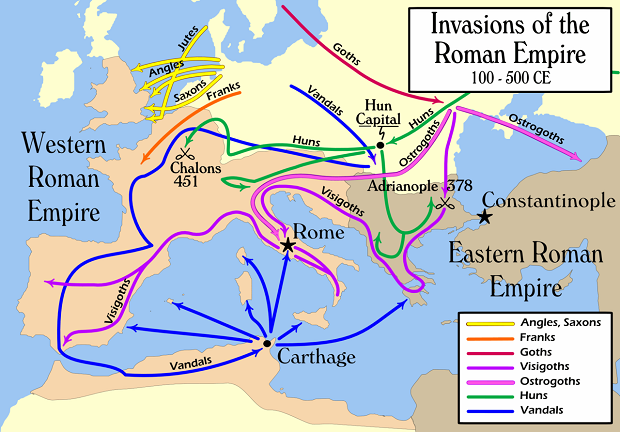
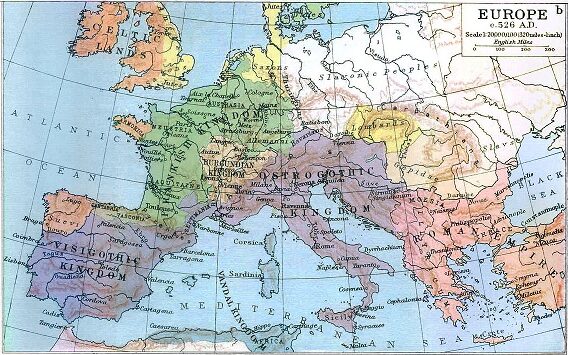
In the early 8th century a Muslim army of Arabs and Berbers under the overall command of Mūsā ibn Nuṣayr of the Umayyad caliphate, fought & won the army raised by the Christian Visigoth King Roderic in the Battle of Guadalete. This victory led to the repeated invasion of the Iberian peninsula by a series of Arabic armies, that managed to overwhelm the Visigothic realm.
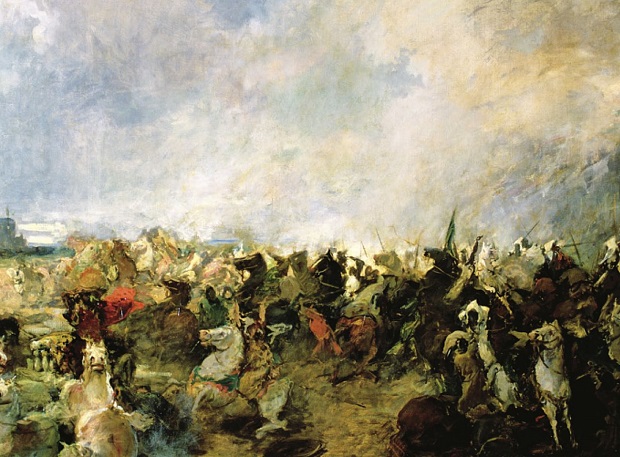
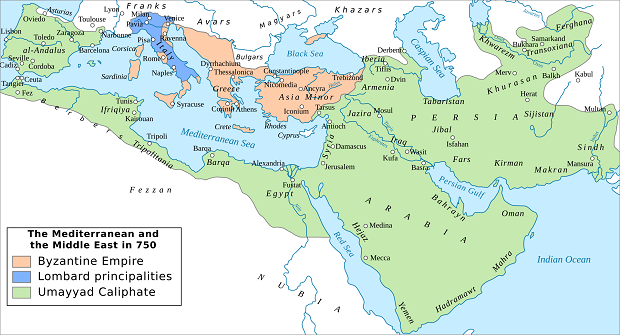
Following the conquest of the city, the old Roman name of Hispalis, was changed into the Arabic Ishbiliya which later evolved into the familiar in modern times Sevilla. As the capital of its region the city grew both politically and culturally. It often competed with Córdoba, the capital of Al-Andalus after 711, for the position of the greatest economic and education center of the region.
The Ibn Adabbas Mosque (Iglesia del Divino Salvador today) was built between 829 and 830 and would serve as the biggest mosque of the city until the mosque of the Almohad caliph Abu Yaqub Yusuf was built in 1182 in what is today the Seville Cathedral.
